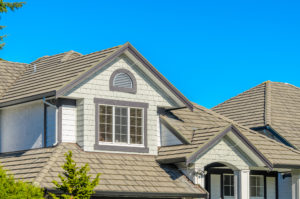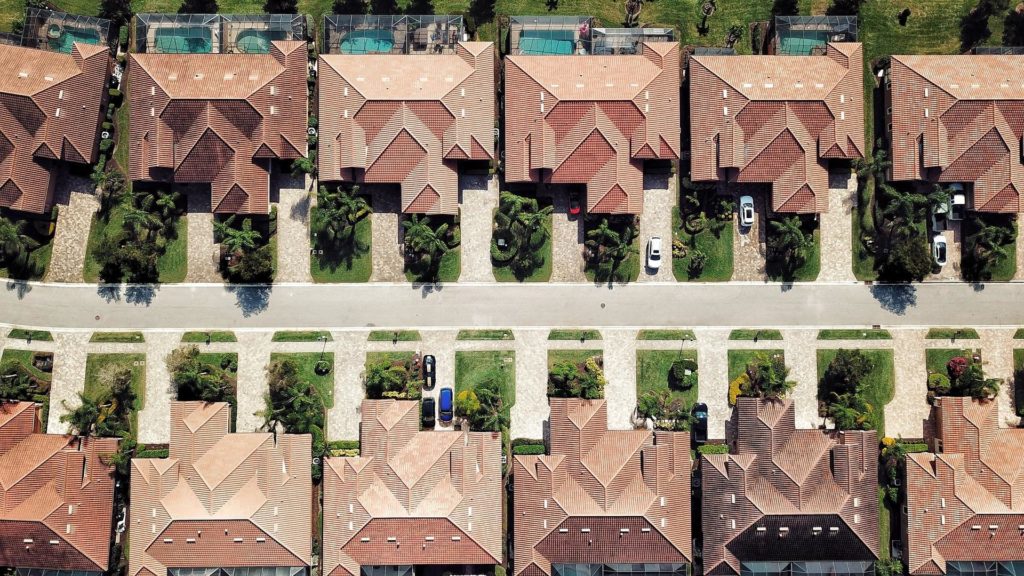

You probably know several different materials used for roofs, including slate tiles, concrete tiles, asphalt shingles and solar tiles, but have you ever considered what’s underneath the areas that you can see? Maintaining a roof involves more than just the exterior layer. Roof decking is an important part of any building.
Also known as roof sheathing, roof decking is essentially the foundation of the roof. It is the part that ensures everything stays where it should be. It provides the structure and support for a roof. Attached to the rafters, roof decking helps to hold the outer part of the roof together.
It also gives protection to a building, preventing leaks from passing through the outer layer of the roofing. Essentially, it adds an extra layer of protection to a building.
Although you cannot see the roof deck, it plays an important role in any domestic or commercial building; it bears the whole weight of the tiles, shingles or other exterior roofing material.
Roof sheaths must comply with relevant building regulations and codes.
Various materials can be used to create the roof deck. The three main materials are concrete, wood and steel.
Although heavy, concrete is being used in more and more homes. It’s sturdy and strong enough to withstand the weight of the roof. Typically, buildings with have a solid block of concrete as the roof sheathing.
Fire-retardant wood is the most commonly used material for a roof deck. Some buildings have wooden planks, whereas others have large sheets of wood. It’s generally the cheaper option and is robust.
Steel is the lightest option, and its durability makes it a top choice for homeowners in areas that experience frequent strong winds and heavy rains. Steel is, however, the costliest material for your roof.
It’s not always necessary to repair your roof decking at the same time as having other changes and repairs made to your roof, but a professional roofer should definitely inspect the roof deck before completing other works. If it appears that the roof deck won’t last much longer, it makes sense to have all works done at the same time.
Although you can’t typically see any damage to your roof deck, there are still several major signs of a problem. If you notice that your ceilings are starting to sag, it’s time to call a roofer. Wooden decking in particular may change shape when wet or damaged.
Any evidence of rain entering your property through the roof is also often a sign of a damaged roof deck. Whether it’s a full-blown leak, a small trickle or water marks, you should arrange for a roof inspection.
If you look at your roof yourself and notice any rotting patches of wood, that’s also a sign to consult with a professional.
Sometimes, even if there are issues with a roof deck, it is possible to replace or repair sections; it isn’t always necessary to replace the entire component.
For any issues or questions relating to your roof, contact The Roof Guys for a free inspection and quote.